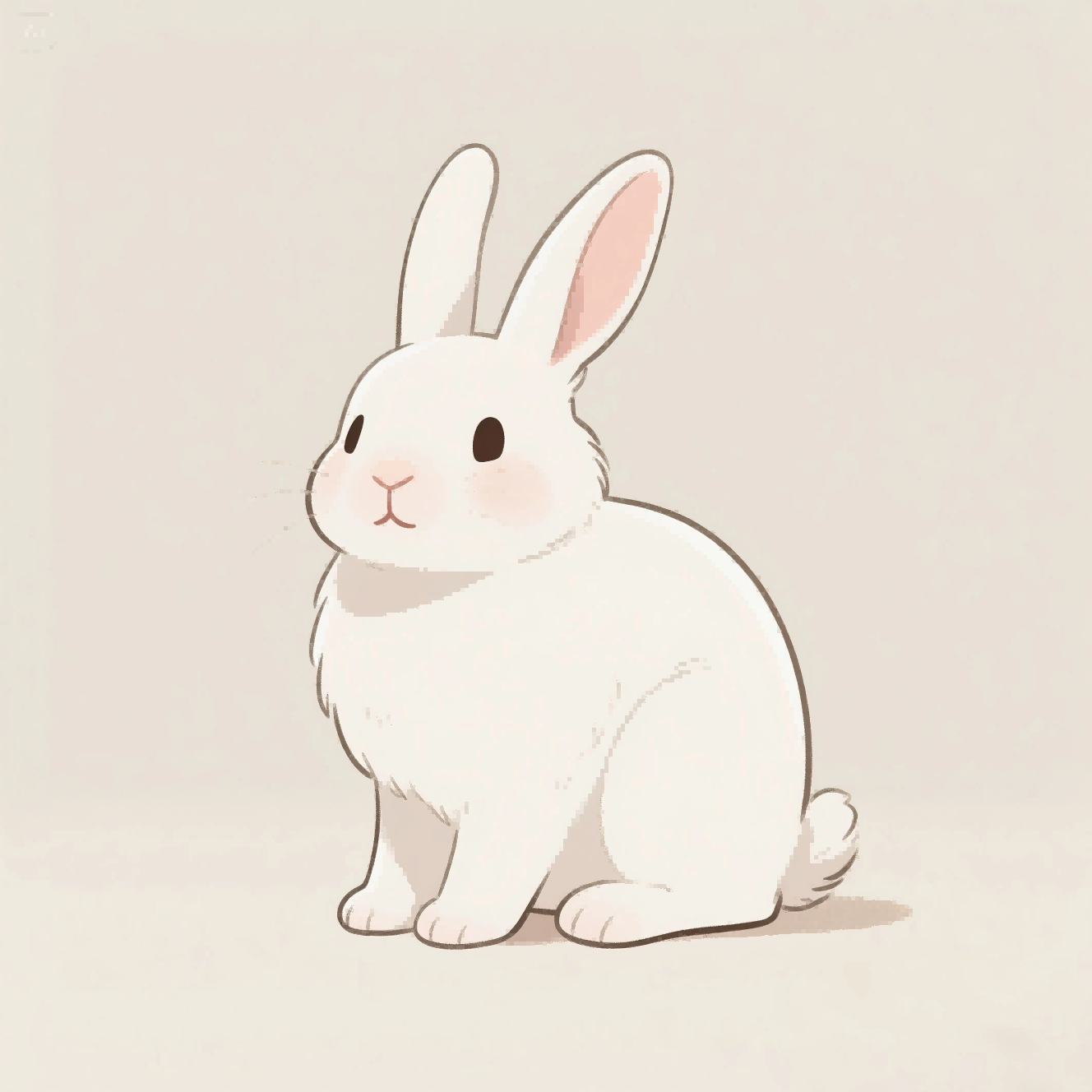Magnetic Microbead-Induced Ocular Hypertension (OHT) Model


Magnetic Microbead-Induced Ocular Hypertension (OHT) Model
Huateng Bio offers magnetic microbead-induced OHT models in C57BL/6 mice. Features 4-week IOP elevation, RGC apoptosis tracking, and minimal inflammation. Validated for glaucoma drug development. Download protocols
Model Description
Glaucoma, the second leading cause of irreversible blindness, is driven by pathological intraocular pressure (IOP) elevation, resulting in retinal ganglion cell (RGC) apoptosis and optic nerve degeneration. Our magnetic microbead model replicates human glaucoma pathophysiology by obstructing aqueous humor outflow, achieving:
- Sustained IOP elevation: 25-40 mmHg for 4+ weeks
- Progressive RGC loss: ≥50% reduction vs controls (Brn3a+ cell quantification)
- Minimal inflammation: Unlike laser/scleral ligation methods
Technical Advantages:
✓ Controlled obstruction: Magnetic-guided microbead distribution in the iridocorneal angle
✓ High reproducibility: 95% success rate with standardized bead size (15μm)
✓ Ethical compliance: AAALAC-approved humane endpoints (IOP >40 mmHg for >48h)
Applications
• Anti-glaucoma drug efficacy testing (prostaglandin analogs, carbonic anhydrase inhibitors)
• Neuroprotection mechanism studies (BDNF, caspase-3 pathways)
• Aqueous humor dynamics research
• Gene therapy validation (RGC survival promoters)
Modeling Protocol —— Anterior Chamber Microbead Injection
1. Procedure:
- Anesthetize mice (isoflurane 2-3%) → Pupil dilation (tropicamide 1%)
- Microbead injection: 2 μL magnetic microbead suspension (1×10⁴ beads/μL) via 33G needle
- Magnetic guidance: Apply ring magnet for 5 min to distribute beads in iridocorneal angle
2. Post-op Care:
- Topical antibiotic (ofloxacin BID ×3 days)
- Weekly IOP monitoring (TonoLab® tonometer)
Validation & Testing
|
Category |
Parameters |
|
Intraocular Pressure |
Baseline ∙ Weekly IOP ∙ Sustained elevation duration |
|
Retinal Ganglion Cells |
Brn3a+ cell count (wholemount immunohistochemistry) |
|
Advanced Imaging |
OCT retinal nerve fiber layer (RNFL) thickness ∙ Confocal microscopy (bead localization) |
|
Functional Assessment |
Pattern electroretinogram (PERG) ∙ Optokinetic response (OKR) |
Technical Advantages
|
Feature |
Microbead Model |
Laser Photocoagulation |
|
IOP Stability |
4+ weeks sustained elevation |
2-3 weeks duration |
|
Inflammation Risk |
Minimal (no thermal damage) |
Moderate to high |
|
Procedure Time |
10 mins/session |
20-30 mins |

